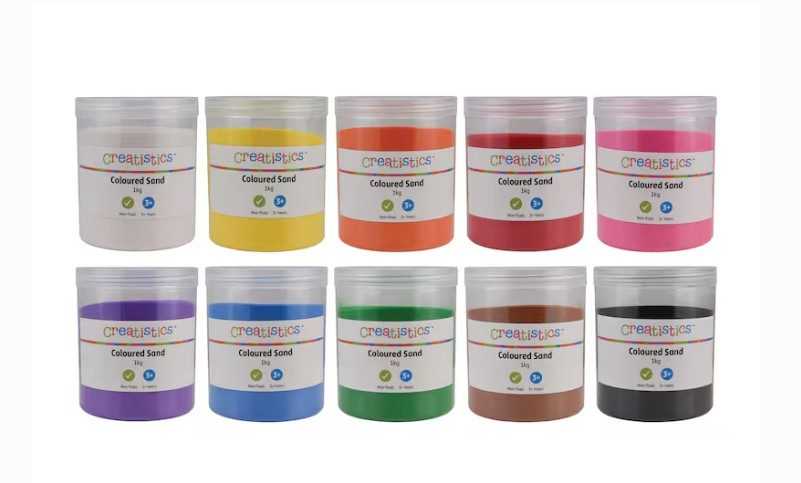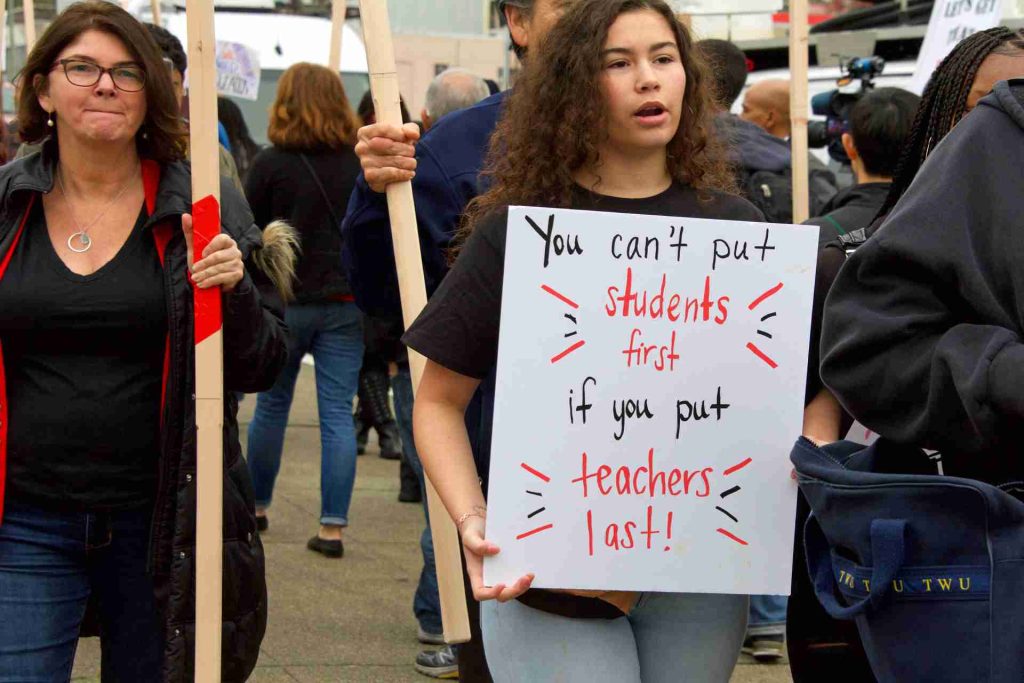Early adopters of a new AI literacy programme report improved classroom writing results for students.
At Henderson North School in Auckland, Principal Irene Ogden has seen a change she didn’t expect. “Students love writing now. They have a better understanding of expectations and are more self-managing when given writing tasks. All ability levels have benefited from the structured approach and have experienced success,” she says.
The programme behind this turnaround is Writer’s Toolbox, a New Zealand-developed platform that uses artificial intelligence to teach writing, not just mark it. Unlike some digital tools that simply spit out corrections, Writer’s Toolbox guides students through the process, helping them build skills step by step. The AI analyses writing, gives targeted feedback, and helps teachers track progress.
Early numbers show real gains
The numbers coming out of early adopter schools are hard to ignore. At Tawhiti School in Taranaki, boys using the programme halved their rate of incomplete sentences in a year, dropping from 21% in 2023 to 10% in 2024. Even more striking: the percentage of struggling boy writers fell by 74%. At Moanataiari School in Thames, none of the Year 3 students were writing at the expected standard at the start of 2022. By Term 3, after using Writer’s Toolbox, 56% were meeting or exceeding expectations.
A win for teachers too
It’s not just students who are feeling the difference. At Tikorangi School, Principal Kerry Nancarrow says the biggest impact has been on teachers. “They know where they are going with teaching writing and have a clearer picture. Teachers have the ability to convey the skills of writing to the students, and this is empowering for teachers and students alike.”
This confidence boost is no small thing. For years, teachers have been asked to lift literacy rates, often without clear guidance or resources. A structured programme like Writer’s Toolbox gives them a roadmap. It also means less time spent second-guessing lesson plans and more time seeing students succeed.
The gains aren’t limited to one region or demographic. At St Peter Chanel Catholic School in Waikato, the proportion of Year 8 students writing at or above standard jumped from 50% to over 83% in a single year. Tamatea Intermediate in Napier saw three out of four focus classes improve, with one class posting a 23% year-on-year increase in writing results.
For Māori students, the impact has been especially significant. At Thornton School in the Bay of Plenty, the use of incomplete sentences among Māori students dropped from 47% to just 4%. The share of Māori students identified as struggling writers went from 50% to zero. That’s a rare kind of progress in a system where, as of last year, nearly 30% of Māori school leavers didn’t achieve NCEA Level 1.
So, what’s actually happening in these classrooms? The AI isn’t doing the writing for students. Instead, it’s acting as a coach, spotting patterns, offering feedback, and helping teachers tailor their lessons. The system processes over 4.7 billion words of student writing annually, and that number is increasing rapidly.
Empowering, not replacing teachers
Dr Ian Hunter, who founded Writer’s Toolbox in 2012, says the idea is simple: treat writing as a skill that can be taught, not a talent you’re born with. “Literacy is too important to be left to chance. Writing, like other skills, can be explicitly taught in a structured, scientific way. And when we do, we empower the development of the whole person,” Hunter says.
He points out that strong writing skills aren’t just about passing tests—they’re linked to confidence, creativity, and resilience. “When we write, we think. And in that process, our thinking is deepened and amplified.”
The timing couldn’t be better. The Ministry of Education is advocating for more structured literacy teaching, and Education Minister Erica Stanford has described it as a key lever for improving achievement and closing equity gaps. The new Common Assessment Activities (CAAs) have exposed just how far some students are falling behind: when the writing CAA was trialled in 2022, less than 3% of decile one students passed.
Writer’s Toolbox isn’t a silver bullet, but the results suggest it’s a step in the right direction. It’s also a reminder that technology, when designed thoughtfully, can support teachers rather than side-line them.
Dr Hunter is optimistic. “At a time when educators are stretched and national results are under the microscope, it’s exciting to see real, sustained improvement. No one should be held back in their life aspirations by an inability to write well. The solution is within our grasp.”
For now, at least, students at schools like Henderson North are proving that with the right tools and support, writing can go from a dreaded chore to something they actually enjoy, and excel at. And for teachers, that’s a win worth celebrating.





